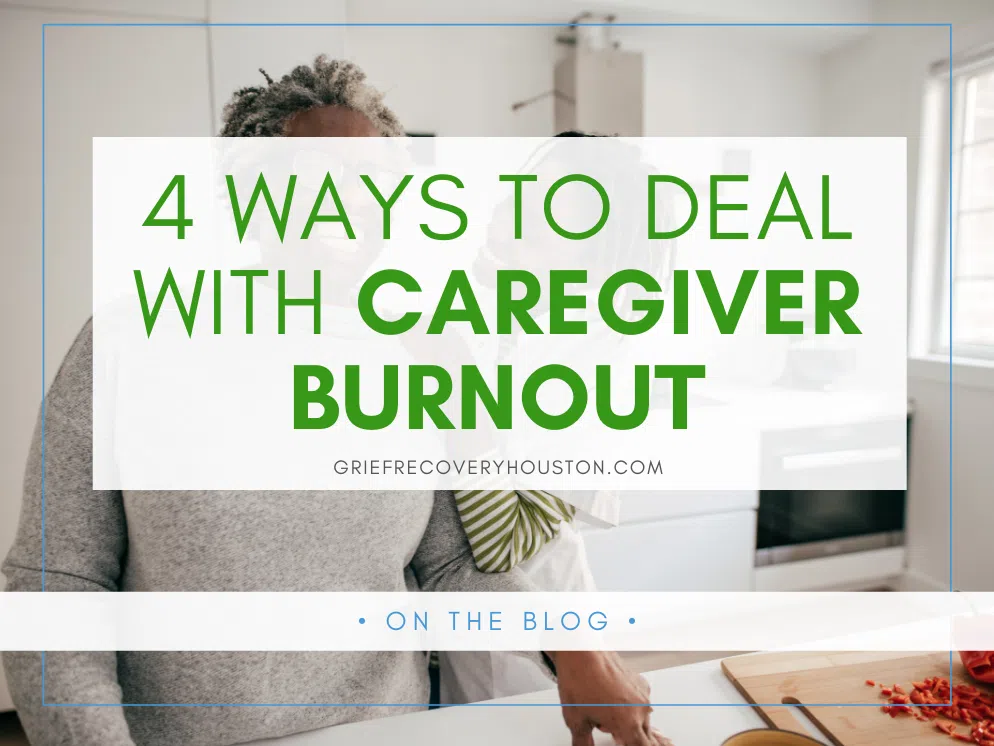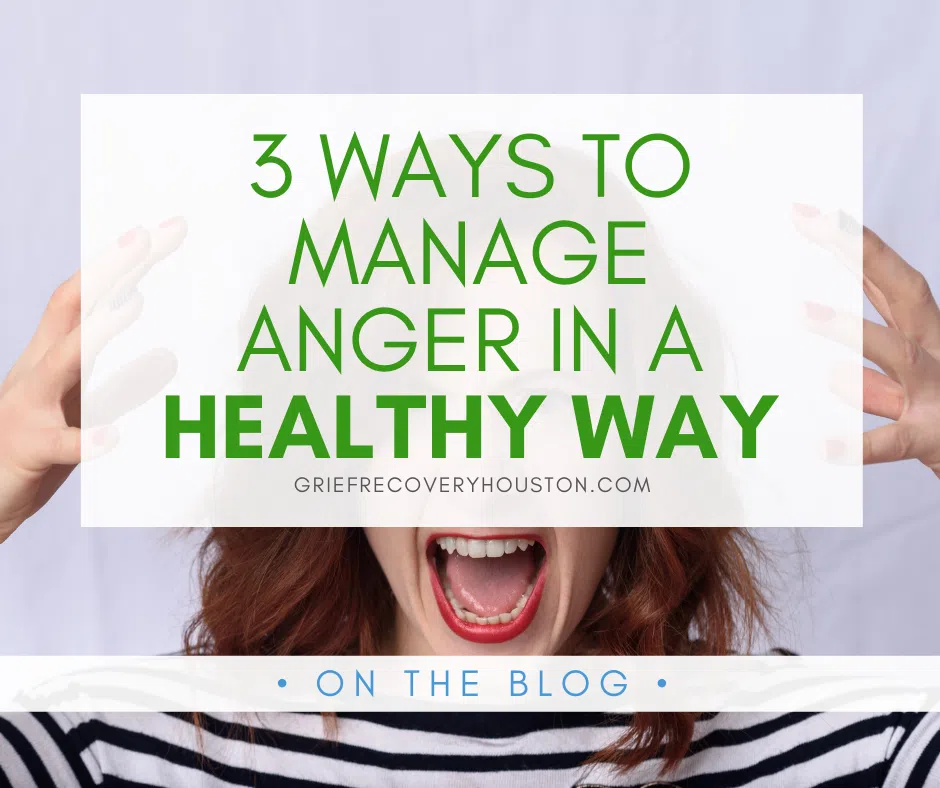- Unpacking Grief and Disability - July 8, 2024
- Breaking the Stigma: 5 Blogs to Better Understand Suicide - May 21, 2024
- 4 Tips for Better Sleep Hygiene - March 4, 2024
 Have you ever noticed your mood shift with the seasons? If you have, you’re not alone. Seasonal changes can bring some fun changes, like new holidays to celebrate or different foods in season, but it can also be the cause of major disruptions in mood. As the days get shorter and the year draws to an end, some folks begin to experience a type of depression known as Seasonal Affective Disorder, or SAD. Seasonal affective disorder is also known as Major Depressive Disorder with seasonal pattern or the ‘winter blues’. It’s a disorder where a person experiences depression due to a change in seasons, at the same time each year.
Have you ever noticed your mood shift with the seasons? If you have, you’re not alone. Seasonal changes can bring some fun changes, like new holidays to celebrate or different foods in season, but it can also be the cause of major disruptions in mood. As the days get shorter and the year draws to an end, some folks begin to experience a type of depression known as Seasonal Affective Disorder, or SAD. Seasonal affective disorder is also known as Major Depressive Disorder with seasonal pattern or the ‘winter blues’. It’s a disorder where a person experiences depression due to a change in seasons, at the same time each year.
SAD is not just experienced in the winter, however – as the name implies, it just means that seasonal changes bring on this type of depression. Seasonal Affective Disorder can be experienced in any season, but winter is the most common. Scientists believe that the cause of SAD has to do with the changing amount of sunlight during the winter, which makes it harder for people to get the vitamin D they need to maintain bodily functions (including regulating emotions).
The symptoms can be season-specific
Symptoms of SAD look a lot like symptoms of depression – after all, SAD is just a specific type of depression. Folks with SAD may experience feelings of hopelessness, loss of interest in activities, However, the seasonal aspect can add some unique symptoms to look out for.
Attending a Houston TX depression and anxiety support group provides an opportunity to learn about effective coping mechanisms, as well as a platform for individuals to offer each other support, advice, and motivation. The group also helps individuals feel less isolated, as they are able to connect with others who have faced similar challenges. Through discussions and group activities, individuals can learn new coping skills and strategies for managing their symptoms, which can be invaluable in their recovery journey. Furthermore, the group can provide a sense of accountability and motivation as individuals encourage each other to stay on track with their mental health goals.
Winter SAD symptoms:
- Fatigue during the day
- Trouble focusing
- Irritability
- Oversleeping
- Social withdrawal
- Lethargy
- Lowered sex drive
- Changes in weight
Summer SAD symptoms:
- Feeling agitated or restless
- Trouble sleeping
- Lack of appetite
- Anxiety
- Changes in weight
It can be caused by a variety of factors
Like many mental health disorders, there is probably a genetic component with SAD. However, scientists also think that it has  something to do with light – when there is less sunlight available, our biological clock can get messed up. Since our biological clock controls things like our hormones, emotions, and sleep, any change to it can have an impact on us.
something to do with light – when there is less sunlight available, our biological clock can get messed up. Since our biological clock controls things like our hormones, emotions, and sleep, any change to it can have an impact on us.
Treatments can vary
In addition to more traditional treatments like talk therapy and medication, seasonal affective disorder can also be treated with things like light therapy and vitamins. Of course, it’s important to talk to your doctor before trying any new vitamins, but vitamin D is commonly prescribed as a treatment for SAD (remember, one of the causes of SAD may be the lack of sunlight which leads to a lack of vitamin D). Light therapy can be beneficial to folks with seasonal affective disorder, and there are many options on sale for use at home. Light therapy usually consists of someone sitting in front of a light box, which is just like a very bright lamp, for a certain amount of time (usually 20 minutes or so). The bright light can stimulate the production of vitamin D in the body, which may help with relieving symptoms of SAD. Other things that can help with seasonal depression are regular movement or exercise, consistent sleep, and knowing that it’s only temporary. SAD is seasonal, so in a few months you may be feeling more like yourself again. Remind yourself that this feeling will not last forever.
 Anyone can have seasonal affective disorder
Anyone can have seasonal affective disorder
Although seasonal affective disorder can affect people of any age or gender, it is most commonly experienced by women than men. Seasonal affective disorder is also more common at the further north you go from the equator – the further north you go, the less sunlight there is during the winter. Seasonal affective disorder commonly begins during young adulthood, but it can be experienced at any age.
As we move toward the end of the year, you may notice some of these symptoms, either in yourself or in someone else. If you’re concerned that you or someone you care about might have seasonal affective disorder, please don’t be afraid to reach out for help. Our therapists can help come up with a plan to manage the symptoms and provide support.






No comments yet.